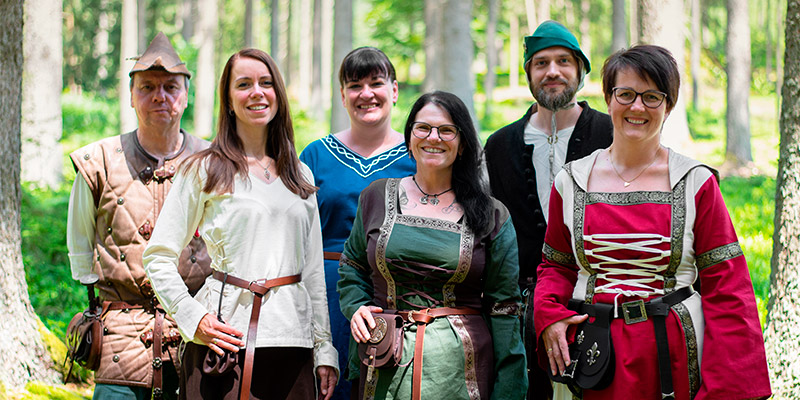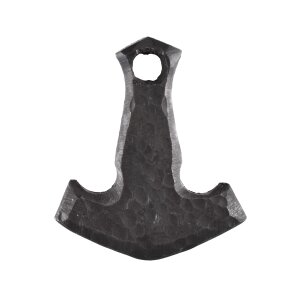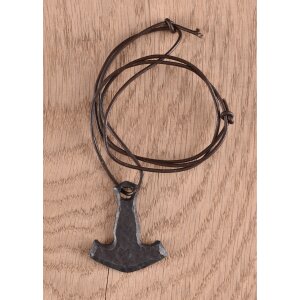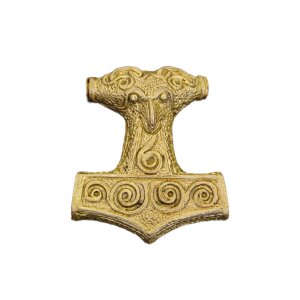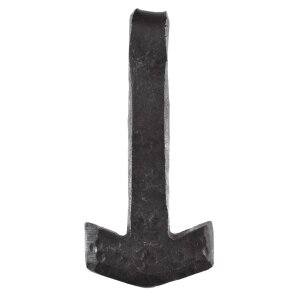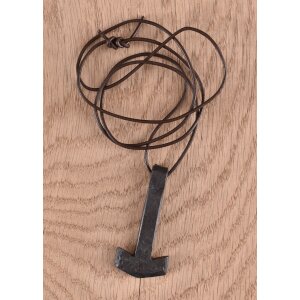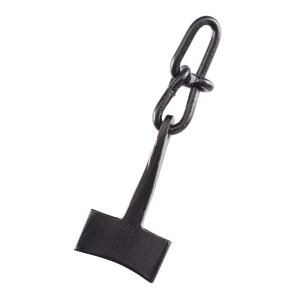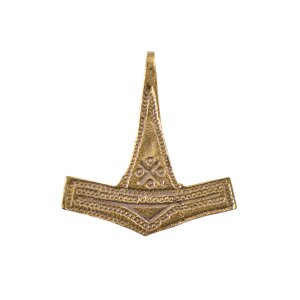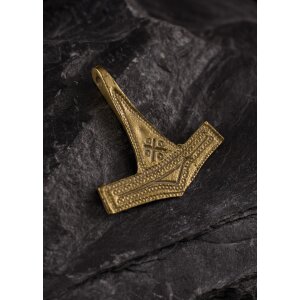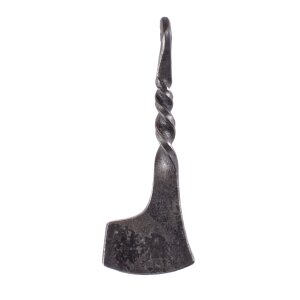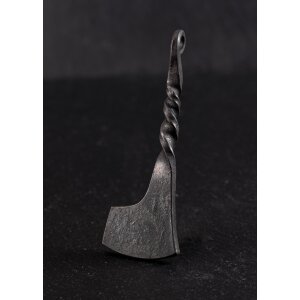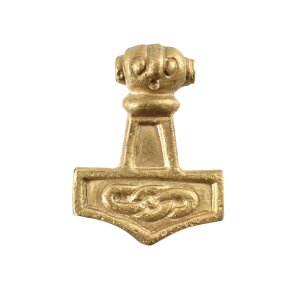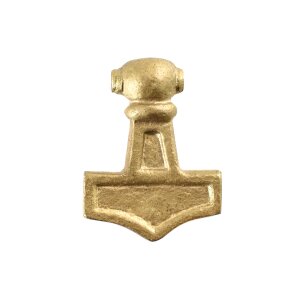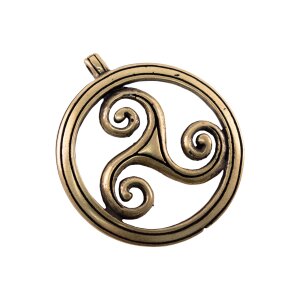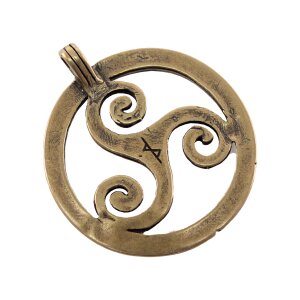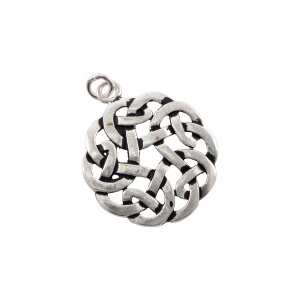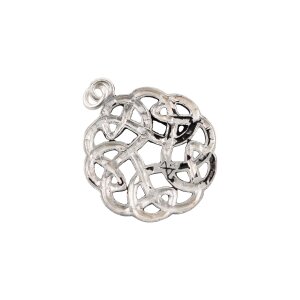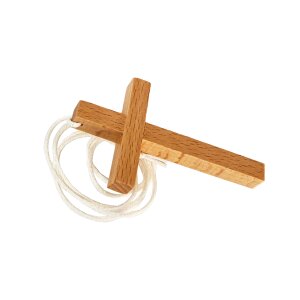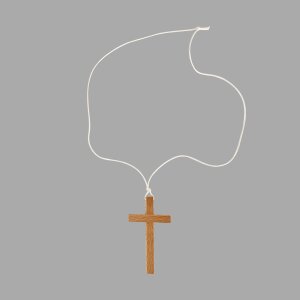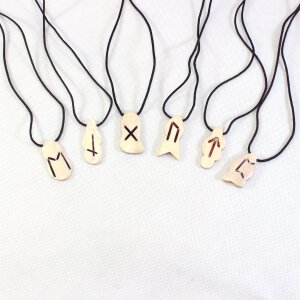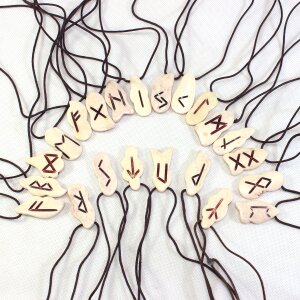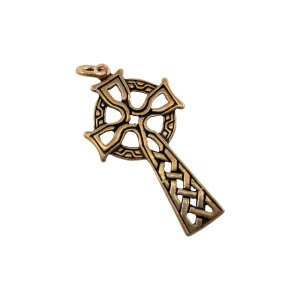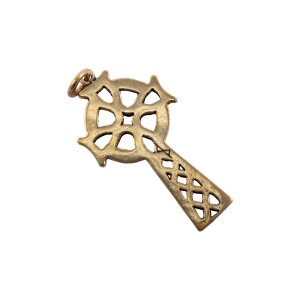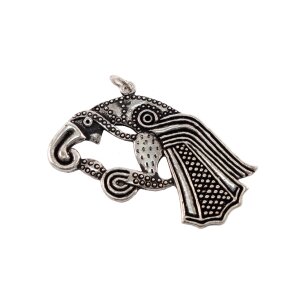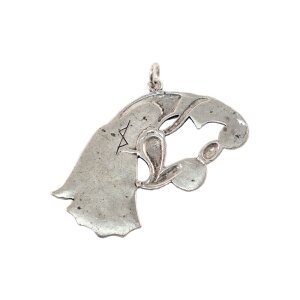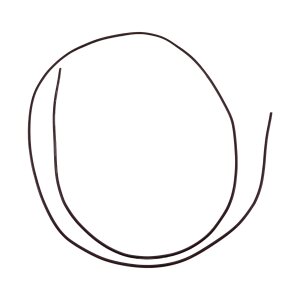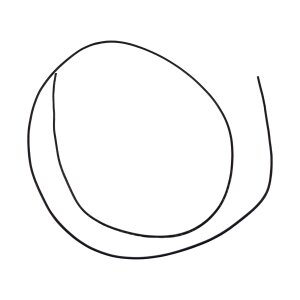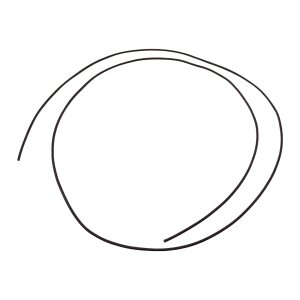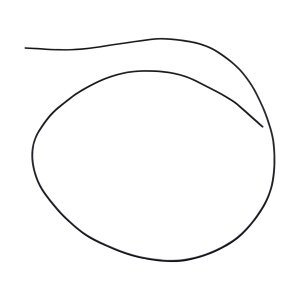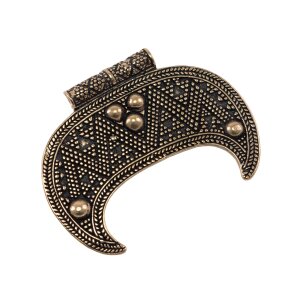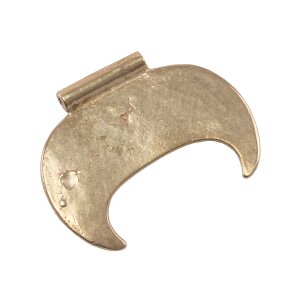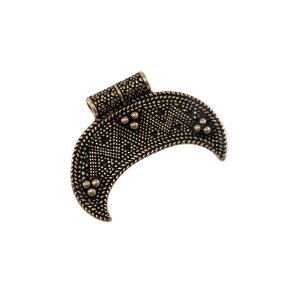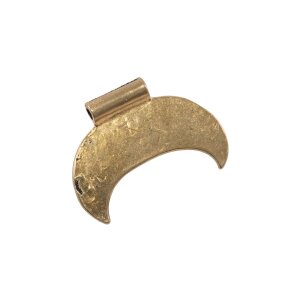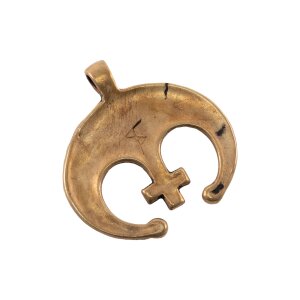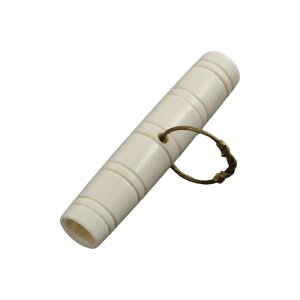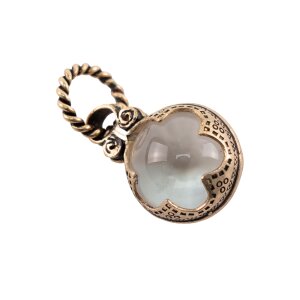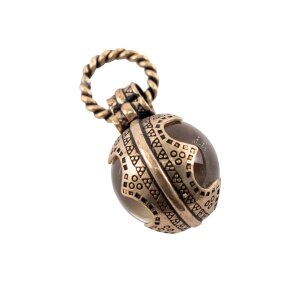Medieval necklace and medieval pendant
- Available
-
Delivery time: 2 - 3 working days* (DE - int. shipments may differ)
- Available
-
Delivery time: 2 - 3 working days* (DE - int. shipments may differ)
- Available
-
Delivery time: 2 - 3 working days* (DE - int. shipments may differ)
- Available
-
Delivery time: 2 - 3 working days* (DE - int. shipments may differ)
- Available
-
Delivery time: 6 - 7 working days* (DE - int. shipments may differ)
- Available
-
Delivery time: 6 - 7 working days* (DE - int. shipments may differ)
- Available
-
Delivery time: 6 - 7 working days* (DE - int. shipments may differ)
- Available
-
Delivery time: 2 - 3 working days* (DE - int. shipments may differ)
- Available
-
Delivery time: 2 - 3 working days* (DE - int. shipments may differ)
- Available
-
Delivery time: 2 - 3 working days* (DE - int. shipments may differ)
- Available
-
Delivery time: 2 - 3 working days* (DE - int. shipments may differ)
- Available
-
Delivery time: 2 - 3 working days* (DE - int. shipments may differ)
- Available
-
Delivery time: 2 - 3 working days* (DE - int. shipments may differ)
- Available
-
Delivery time: 2 - 3 working days* (DE - int. shipments may differ)
- Available
-
Delivery time: 2 - 3 working days* (DE - int. shipments may differ)
- Available
-
Delivery time: 2 - 3 working days* (DE - int. shipments may differ)
- Available
-
Delivery time: 2 - 3 working days* (DE - int. shipments may differ)
Medieval chain and medieval pendant
Medieval chain with medieval pendant was an important part of medieval clothing. It was worn by men and women and could be seen in different shapes and sizes. It was especially important in the Middle Ages as a symbol of status and power.
What were some of the most popular chain pendants?
- Viking pendants
- Historical pendants
- Celtic pendants
What did a medieval chain look like and what were its uses?
Some chains were very simple and consisted of only a few links, while others were very intricately designed and adorned with precious stones or other decorations. Many chains were made of metal such as gold, silver or brass, there were also many made of leather or other materials.
Chains were used in many different ways throughout history. They usually consisted of several links connected together in a loop, creating an intricate pattern. The size and length of the chains were often used to indicate the wealth and importance of the wearer. Kings and nobles, for example, wore longer, heavier chains with more intricate patterns as a sign of their status. Medieval chains were not only symbols of power, but also practical tools. They could be used to bind prisoners or to secure items that needed to be transported from one place to another. Likewise, you could wear pendants that were useful in everyday life.
What was the importance of medieval pendants?
Medieval pendants have a long and fascinating history. The intricate designs and shapes of these jewelry pieces testify to the skill and dedication of the artisans who made them. Pendants were often made of precious metals such as gold and silver and later decorated with precious stones. These pendants decorated clothing, accessories and even bedding. They were given as tokens of love, loyalty and friendship and sometimes even had spiritual significance for the wearer. Likewise, there were pendants made of bronze, brass, bone or wood, since not everyone could afford jewelry made of gold or silver. Practical pendants such as a needle box or the so-called "toilet cutlery", which consisted of tweezers, ear spoon and awl. Thus, the pendants were not only beautiful to look at, but also application-oriented.
Medieval chain and medieval pendant - very popular today!
Today, necklaces are still a popular piece of jewelry that can add a touch of sophistication to any outfit. Medieval pendants are popular with collectors who appreciate their timeless beauty and value. While modern versions of these jewelry pieces are often made from less expensive materials. Even if they are made of bronze or brass, they still have the same intricate designs and shapes that make them so striking. Many people today may wear these pieces as a symbol of their own heritage or to honor an ancestor who may have worn such pendants in the past. Others want to complete their costume or outfit at Mardi Gras, the next medieval fair, or a larp event. Regardless of their purpose, medieval necklaces with pendants remain a timeless reminder of our shared history and culture.

